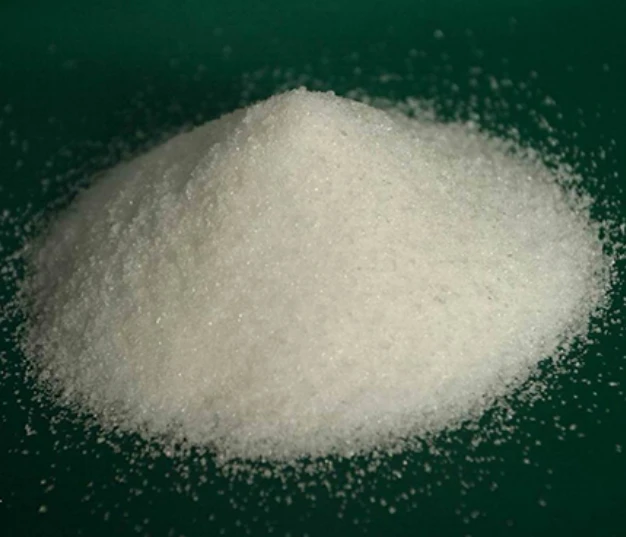Role of Poly Aluminium Chloride in Enhancing Water Treatment Processes
The Function of Poly Aluminium Chloride in Water Treatment
Water is an essential resource for life on Earth, but ensuring its cleanliness and safety presents significant challenges. Among the various methods used to purify water, the use of coagulants has become a crucial part of water treatment processes. One of the most effective coagulants in this regard is Poly Aluminium Chloride (PAC). This article explores the function of PAC in water treatment, its benefits, and its operational mechanics.
Poly Aluminium Chloride is a versatile chemical compound created by the hydrolysis of aluminium salts. It appears as a white or pale yellow powder that is highly soluble in water. The primary role of PAC in water treatment is as a coagulant, which means it helps in the aggregation and removal of suspended particles from water.
When PAC is added to raw water, it undergoes hydrolysis, forming positively charged aluminium species. These positively charged particles neutralize the negative charges on colloidal substances, including dirt, organic matter, and pathogens, which helps to destabilize the suspension. This destabilization leads to a process called agglomeration, where smaller particles clump together to form larger aggregates, known as flocs. Once these flocs form, they can be easily removed from the water through sedimentation or filtration processes.
One of the key advantages of using PAC over traditional coagulants, such as aluminum sulfate, is its effectiveness at a wide range of pH levels. PAC operates optimally in varying conditions, making it suitable for diverse water sources, including surface water, groundwater, and industrial wastewater. This adaptability is crucial because the pH of water can significantly influence the efficiency of coagulation.
function of poly aluminium chloride in water treatment

In addition to its broad operational range, PAC has a lower aluminum dosage requirement compared to conventional coagulants. This lower dosage not only reduces overall chemical costs but also minimizes the risk of residual aluminum in treated water, addressing safety concerns associated with human consumption. The presence of excess aluminum can lead to potential health risks, including neurotoxicity and the associated risks of Alzheimer’s disease. Thus, PAC's efficiency in lower doses marks a significant advantage in the realm of water treatment.
Another benefit of PAC is its rapid floc formation. The time taken for flocs to form is critical in water treatment processes, particularly in modern facilities that demand efficiency. PAC enables quicker sedimentation, which in turn leads to shorter processing times and increased throughput. This is particularly beneficial in treating large volumes of water, thereby meeting the demands of increasing populations and industrial activities.
The use of PAC in water treatment also contributes to a reduction in sludge volume. Traditional coagulants often produce a high quantity of sludge that requires additional handling and disposal processes, increasing operational costs. In contrast, PAC's low sludge production streamlines post-treatment activities and minimizes environmental impact.
Moreover, PAC can enhance the removal of organic and inorganic contaminants, including heavy metals and pathogens. This is particularly important for meeting regulatory standards and ensuring that treated water is safe for public consumption and environmental discharge.
In summary, Poly Aluminium Chloride serves as an essential tool in modern water treatment processes. Its ability to effectively coagulate a wide range of contaminants at different pH levels, lower dosage requirements, rapid floc formation, and reduced sludge production highlight its advantages over traditional coagulants. As water quality standards continue to tighten globally, the role of PAC in ensuring clean and safe water for communities will likely become increasingly vital. As such, continued research and development in the application and formulation of PAC and similar coagulants are crucial to addressing the ever-growing challenges in water treatment.
-
Understanding Polycarboxylic Acids: Properties, Applications, and Future PotentialNewsJul.28,2025
-
Scale Inhibitor Explained: How to Protect Your System from Limescale and Hard Water DamageNewsJul.28,2025
-
Scale and Corrosion Inhibitors: Essential Chemicals for Industrial Water System ProtectionNewsJul.28,2025
-
Polyaspartic Acid: A Biodegradable Polymer for Sustainable ChemistryNewsJul.28,2025
-
Isothiazolinones: A Versatile Antimicrobial Class with Industrial Power and Regulatory ChallengesNewsJul.28,2025
-
A Deep Dive into 2-Phosphonobutane-1,2,4-Tricarboxylic Acid (PBTC)NewsJul.28,2025





